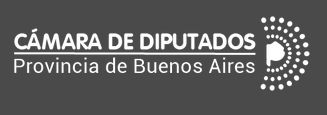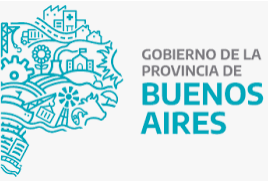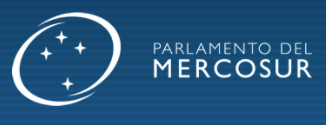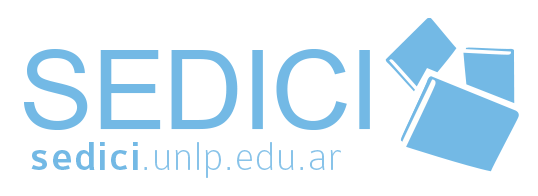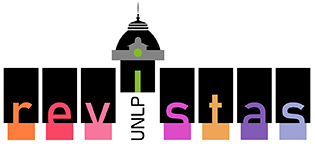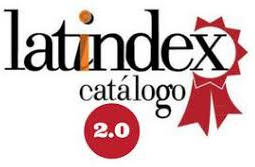The Institute of Scientific and Technical Research for Defense (CITEDEF): History and Present
DOI:
https://doi.org/10.24215/26183188e095Keywords:
CITEDEF, national defense, critical technologies, technological sovereigntyAbstract
The Institute of Scientific and Technical Research for Defense (CITEDEF) is an organization with an essential role in the development of critical technologies for Argentina. Since its creation in 1954, it has been mainly dedicated to meet the requirements of the Armed Forces, but it has also generated many projects aimed at society as a whole, with benefits reaching the entire population. This article presents an historic overview of the Institute since its beginnings to its current situation, highlighting its most important accomplishments, its performance in contexts of national emergency (such as the Malvinas War or the COVID-19 pandemic), its main active projects, and its projections into the future.
Downloads
Metrics
References
Barreiro, N. L., Govezensky, T., Bolcatto, P. G. y Barrio, R. A. (2021). Detecting infected asymptomatic cases in a stochastic model for spread of Covid-19: The case of Argentina. Scientific Reports, 11, 10024. https://doi.org/10.1038/s41598-021-89517-5
Barreiro, N. L., Govezensky, T., Ventura, C. I., Núñez, M., Bolcatto, P. G. y Barrio, R. A. (2022). Modelling the interplay of SARS-CoV-2 variants in the United Kingdom. Scientific Reports, 12, 12372. https://doi.org/10.1038/s41598-022-16147-w
Barreiro, N. L., Ventura, C. I., Govezensky, T., Núñez, M., Bolcatto, P. G., y Barrio, R. A. (2022). Strategies for COVID-19 vaccination under a shortage scenario: A geo-stochastic modelling approach. Scientific Reports, 12, 1603. https://doi.org/10.1038/s41598-022-05481-8
Bolcatto, P. G. (2022). Vaccination prevents hospitalisations of children and adolescents. A real-world analysis. The Lancet Regional Health – Americas, 13. https://doi.org/10.1016/j.lana.2022.100351
Liaudat, S., Bilmes, J. y Carbel, A. (2022). “La directiva política de defensa se podría resumir en un lema: hacia el sur, hacia el mar y hacia la Antártida” Entrevista a Sergio Eissa (Director Nacional de Formación del Ministerio de Defensa). En S. Liaudat, J. Bilmes y A. Carbel (Coords.), Planificación, gestión y política pública: quince entrevistas y la yapa (pp.167-179). Universidad Nacional de La Plata.
Blinder, D. (2009). El control de tecnologías duales como poder político-militar. El caso “espacial” argentino. Question / Cuestión, 1(24). https://perio.unlp.edu.ar/ojs/index.php/question/article/view/842
CITEFA (2005). 50 años de compromiso con la sociedad y la Defensa Nacional (1954-2004). CITEFA.
Hurtado, D. (2019). Ciencia y tecnología para un proyecto de país centrado en la producción y el trabajo. En D. R. García Delgado y M. C. Ruiz del Ferrier (Comps.), En torno al rumbo: Pensamiento estratégico de un tiempo de oportunidad (pp.127-140). Facultad Latinoamericana de Ciencias Sociales.
La Liga de la Ciencia (10 de agosto de 2022). Informe: Dispositivo para la prevención de femicidios [Video]. TV Pública. https://www.youtube.com/watch?v=RnT8poMqAd8
Luna, N. (16 de septiembre de 2014). “Iriondo: ‘Hay una enorme dependencia del exterior en el área de Defensa’”. Agencia TSS. https://www.unsam.edu.ar/tss/hay-una-enorme-dependencia-del-exterior-en-el-area-de-defensa/
Published
How to Cite
Issue
Section
License
Copyright (c) 2023 Pablo Guillermo Bolcatto

This work is licensed under a Creative Commons Attribution-NonCommercial-ShareAlike 4.0 International License.
The authors whose texts are published in this Journal surrender their ownership rights in favour of the editor in a non exclusive manner, i.e. the authors can enter into other independent and additional contracts to publish their text, e.g. including it in an institutional repository, thematic or otherwise, publish it in a book, or others, as long as it is overtly stated that the work was first published in this Journal.
The responsibility for each published paper as regards its content relies exclusively on its authors, holding the editors harmless for any legal liabilities.
The texts of the Journal shall be published under the Creative Commons 4.0 BY-NC-SA license. Therefore, the editors are free to:
1) Share, copy and redistribute the material using any means or format.
2) Adapt, remix, transform and create from the material, under the following conditions:
a) Attribution — credit to this work must be given in an appropriate manner, providing a link to the license and indicating if changes have been made.
b) Non-Commercial Use — no use may be made of the published material for commercial purposes.
c) Share Equal — Authors remixing, transforming or creating from the material must distribute their contribution under the same license as the original.






